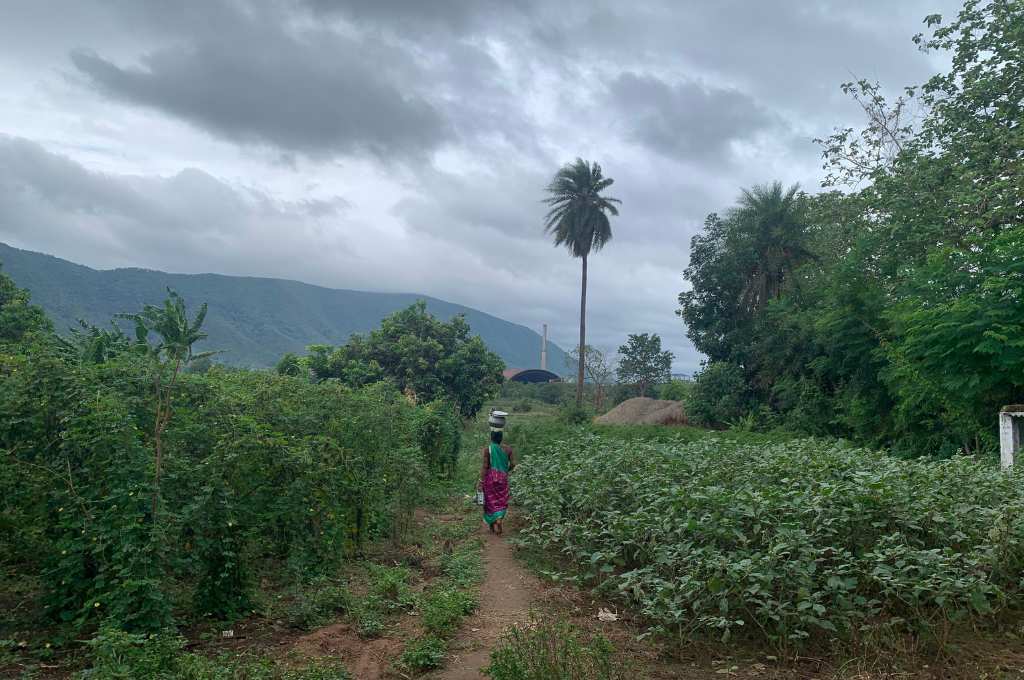On the last day of August 2023, the Indian Meteorological Department announced that it was the driest and hottest August since 1901. The country received 36% less rainfall than normal, prompting concerns that water levels in reservoirs and aquifers will remain low and result in severe water scarcity.
However, even before this record-breaking month, India was not water-secure. Depleting groundwater reserves has been a very real threat for a long time now. The Central Ground Water Board (CGWB) estimates that groundwater in about a third of India’s blocks (an administrative unit within districts) is overexploited or critical or semi-critical. This means the rate at which water is extracted exceeds the limit or is close to the rate at which it is replenished.
Recognising this dire situation, the central government launched Atal Bhujal Yojana (ABY) in 2019. The scheme aims to address groundwater depletion and promote sustainable management practices by encouraging communities to prepare and implement water security plans in a participatory manner.
A field survey conducted by Water, Environment, Land and Livelihoods (WELL) Labs, an environmental research and innovation centre under the Institute for Financial Management and Research (IFMR), Krea University, in one of the ‘overexploited’ blocks in southern Karnataka, in a village called Nonavinakere, led to an important finding. The water budgeting process carried out under the ABY scheme by the gram panchayat failed to account for imported surface water, i.e. water that flows into the region through canals, but originates from outside the village’s jurisdiction. The interdependence between surface water and groundwater is a missing piece that must factored in for more effective water management.
Atal Bhujal Yojana’s water budgeting exercise
The primary objective of Atal Bhujal Yojana is to enhance groundwater management and mitigate depletion in areas where it is already overexploited, such as Nonavinakere in Karnataka’s Tumkur district. The programme adopts a decentralised and community-led approach, that involves gram panchayats, water user associations and local communities. It promotes groundwater conservation and recharge, improving water usage efficiency and strengthening institutional frameworks for sustainable groundwater management.
Water budgeting serves as a critical planning tool for effective water resource management.
A central aspect of the programme involves formulating and implementing a community-led water security plan at the panchayat level. This plan involves a detailed assessment of the groundwater balance specific to the panchayat, and is derived from measurements of available water resources and how much is used. Based on this water balance analysis, potential interventions for water management are proposed, with the goal of sustaining groundwater resources. This entire process is referred to as ‘water budgeting’.
Water budgeting serves as a critical planning tool for effective water resource management. First, it provides a comprehensive evaluation of water resources in a village, offering valuable insights into water source availability and utilisation. By identifying areas where water consumption exceeds availability, it highlights potential imbalances.
Second, it plays a vital role in identifying problems and generating solutions. By determining the major water consumers and activities, it brings attention to key stakeholders who can contribute to finding sustainable solutions. Water budgeting acts as an early warning mechanism for these stakeholders.
Finally, water budgeting also facilitates the development of a meticulous water management plan, enabling informed decision-making and proactive measures to tackle water-related challenges. The official guidelines for the preparation of the Water Security Plan, also known as ‘groundwater budgeting’, provide a comprehensive overview of all factors that need to be considered.
However, a significant gap exists in the section regarding water availability. Currently, the calculation of water availability takes into account rainfall, groundwater, and the static volume of surface water bodies. This approach overlooks the replenishment of these water bodies and the surface water imported through canals for irrigation and other purposes.

Nonavinakere’s water balance
According to the signboard displayed at the Nonavinakere Gram Panchayat, the water balance prepared under the Atal Bhujal Yojana scheme indicates a negative value of -823.46 Ha-m, based on how much water is available and how much is used by different sectors.
However, on-field observations and secondary information cast doubt on this data. The panchayat has a large Nonavinakere lake (tank) that is fed by water from its catchment area and the Hemavathi canal system.
The lake serves as an irrigation source for around 500 hectares (ha) of agricultural land in the village and surrounding areas. During the post-monsoon period of 2021-22, the lake spanned 410 ha, which later decreased to 226 ha in April, before the onset of monsoon. Even in the lean season, the lake contained approximately 1133.3 Ha-m of water, significantly surpassing the negative water balance reported in the Atal Bhujal Yojana plan.
Both the panchayat office and villagers verified that the lake consistently receives water from the Hemavathi canal system, indicating a higher availability of water. While this information is fragmented, it sufficiently establishes that the village has more water available than what is reported in the Atal Bhujal Yojana plan.
Furthermore, data from the programme’s website shows an increase in groundwater levels from 16.6 metres below ground level (mbgl) in 2016 to 5.46 mbgl in 2022.

The local residents claim that they had seen the upward trend in the water level after the lake’s rejuvenation, higher-than-average rainfall from 2020 to 2022, and water from the Hemavathi canal system.

These factors indicate that the water security plan made under Atal Bhujal Yojana does not accurately represent the ground reality.
Imported surface water
Including surface water in water balance and budgeting exercises within a groundwater management programme is crucial for two important reasons.
First, excluding surface water from calculations results in an incomplete water scenario. Surface water is utilised in various sectors, such as irrigation, yet it is not accounted for in availability assessments. This omission can lead to a negative water balance, as it has in Nonavinakere, which may not reflect the actual situation. Failing to establish an accurate water balance hinders the recognition of potential problems and suitable solutions. Moreover, an inaccurate representation fails to capture the attention of stakeholders and obstructs their active participation.
By excluding surface water from calculations, a holistic approach to water management cannot be achieved.
Second, the surface water and groundwater are interconnected and should be considered together. Let us consider a scenario where canal water is utilised for irrigation. The water used for irrigation eventually percolates the soil and recharges aquifers. In another instance, canal water is utilised to fill ponds, tanks or lakes. These water bodies contribute to aquifer recharge and enhance local groundwater sources. This is evident from the rise in groundwater level in Nonavinakere.
By excluding surface water from calculations, a holistic approach to water management cannot be achieved. It is essential to recognise the integral relationship between surface water and groundwater in order to ensure comprehensive water management practices.
There is a need for a paradigm shift geared towards integrating imported surface water flows. Nonavinakere is not an isolated case where incorrect methodologies have led to inadequate water management. Similar instances have been documented, with stakeholders advocating for necessary corrections. However, little progress has been made.
One possible counterargument to address in this article is that the Atal Bhujal Yojana focuses on sustainable groundwater management, which is why imported surface water is excluded from the methodology. However, it is crucial to recognise that groundwater, soil moisture, and surface water are integral parts of a single interconnected resource, demanding unified planning, management, and regulation. Surface water and groundwater are mutually dependent resources, often forming a hydrological continuum, where surface water bodies contribute to groundwater replenishment through natural processes like infiltration and recharge.
By considering surface water, we gain a better understanding of the dynamics of water availability, allowing us to identify potential recharge areas and develop strategies to harness the potential of both sources in a sustainable manner.
This critique focuses on the methodology of water budgeting in the Atal Bhujal Yojana, regardless of the data and its sources. Accounting for imported water is a complex task, as it interacts with rainfall, local water bodies, and aquifers, potentially leading to double accounting. However, acknowledging this challenge opens up the discussion and provides an opportunity to explore possible solutions.
When formulating water security plans for groundwater management in gram panchayats, it is crucial to recognise the significance of surface water resources. By adopting an integrated approach that considers the interdependence between surface water and groundwater sources, we can improve water availability, promote sustainable water management practices, and ensure the long-term resilience of our communities. It is high time we rectify the existing gaps and work towards a more comprehensive and inclusive approach to water management.
This article was originally published on Mongabay.






